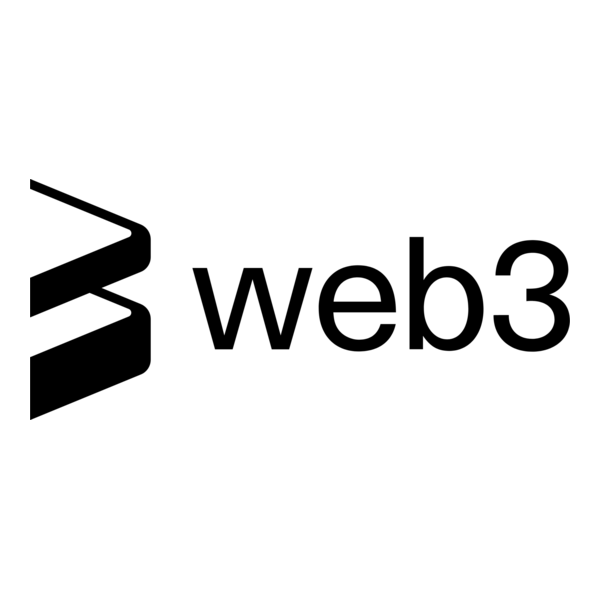Key Takeaways
- Web3 is evolving into a practical, user-owned internet powered by decentralized technologies.
- In 2025–2026, tokenization, DeFi regulation, and decentralized identities are driving mainstream adoption.
- The future of Web3 centers on digital ownership, interoperability, and creator-driven economies.
Web3 in 2025: Why the Next Internet Era Matters
In 2025, “What is Web3?” has become more than a trending search query—it’s a defining question for the next era of the internet. As decentralized technologies move from niche communities into mainstream platforms, Web3 is reshaping how people interact online, how creators earn, and how digital value is exchanged. With governments introducing clearer policies and major tech giants integrating blockchain infrastructure, the conversation around Web3 in 2025 and 2026 is not about speculation anymore—it’s about adoption, utility, and long-term transformation.
The shift toward Web3 reflects a deeper push for digital autonomy. Users are demanding more control over their data, finances, and digital identity. This is the foundation of Web3: an internet owned by its users, powered by decentralized networks rather than centralized corporations.
Defining Web3: A User-Owned Internet
At its core, Web3 refers to a decentralized internet built on blockchain technology, where power shifts from centralized intermediaries to users, creators, and communities. It builds on the earlier phases of the web:
- Web1 (1990s–early 2000s): A read-only internet where users consumed content but rarely interacted.
- Web2 (2005–2020s): A read-and-write internet dominated by big platforms such as Google, Meta, and Twitter.
- Web3 (2020s–2030s): A read-write-own internet where users hold digital property rights, control their data, and interact through decentralized applications.
What sets Web3 apart is its trustless nature—users interact with each other directly through smart contracts, without needing to rely on a company or platform to mediate the exchange. This is especially important in finance, gaming, digital identity, and creator economies.
How Web3 Technologies Power Real-World Utility
By 2025, Web3 has evolved beyond speculative hype. The core technologies—blockchains, smart contracts, decentralized identities, and tokenized assets—now underpin a wide range of sectors.
1. Decentralized Finance (DeFi) Becomes Regulated and Mature
The DeFi boom of the early 2020s is now entering a period of structured growth. With clearer regulations introduced across the U.S., EU, and parts of Africa and Asia, DeFi platforms in 2025 and 2026 are becoming safer and more compliant. Users can lend, borrow, trade, and earn yield without traditional banks, while still enjoying improved consumer protections.
2. Tokenization Goes Mainstream
Tokenization—representing real-world or digital assets as blockchain tokens—has become one of Web3’s most important breakthroughs. In 2025, everything from real estate to music royalties to in-game assets is being tokenized. This makes ownership transferable, transparent, and verifiable.
As major financial institutions adopt tokenized assets, they’re opening new pathways for investors and creators who were previously excluded from traditional markets.
3. Identity and Data Ownership Shift Back to Users
One of the most transformative aspects of Web3 is decentralized identity (DID). In this model, users control their identity rather than relying on centralized logins or data-harvesting systems. DID wallets are emerging as secure, portable identity layers across apps, services, and metaverse environments.
For Web3 users, this means fewer passwords, less data sharing, and more personal sovereignty.
Web3 in 2026: Adoption, Integration, and New Digital Economies
Looking ahead to 2026, the Web3 landscape is expected to shift from experimentation to mass adoption. Several trends will shape this evolution:
Mass Integration Into Consumer Platforms
Social networks, streaming platforms, and gaming ecosystems are already integrating Web3 features. By 2026, users may not even realize they’re interacting with blockchain technology—the infrastructure will be embedded seamlessly into apps, providing digital ownership and frictionless payments behind the scenes.
This silent integration is a key driver for Web3’s future: it becomes invisible, practical, and user-centric.
Cross-Chain Interoperability Becomes Standard
Fragmented blockchain ecosystems have long been a challenge. In 2026, cross-chain networks and universal bridging protocols are expected to make interoperability the norm. This means assets, data, and applications can flow across chains without manual transfers or high technical barriers.
For users, Web3 becomes as accessible as traditional mobile apps.
Digital Work and Creator Economies Expand
Web3-native careers—NFT artists, DAO contributors, blockchain developers, metaverse creators—are no longer fringe professions. By 2026, decentralized ownership models allow creators to earn directly from their audiences without platform cuts, reshaping how value is shared in digital economies.
Why Web3 Matters: Control, Ownership, and Opportunity
The rise of Web3 isn’t just a technological shift—it’s an economic and cultural transition. The central promise of Web3 lies in ownership. For decades, users generated value online but had little control over the platforms that captured that value. Web3 reverses this dynamic, offering:
- Fairer value distribution for creators
- New economic opportunities through tokenized assets
- Improved privacy and data protection
- Greater transparency across financial systems
In 2025 and 2026, these principles are guiding how startups, governments, and major corporations design new digital services.
Conclusion: The Future of Web3 Is Already Taking Shape
Answering “What is Web3?” in 2025 means recognizing a rapidly maturing ecosystem. It’s no longer a futuristic concept—it’s a growing infrastructure powering finance, gaming, identity, and the next generation of digital economies. As we move through 2026, the lines between Web2 and Web3 will blur, creating an internet where users own their data, creators control their earnings, and decentralized systems support global participation.
Web3’s long-term impact will depend on continued innovation, regulation, and user adoption—but one thing is clear: the foundation of the next internet era is already here.



